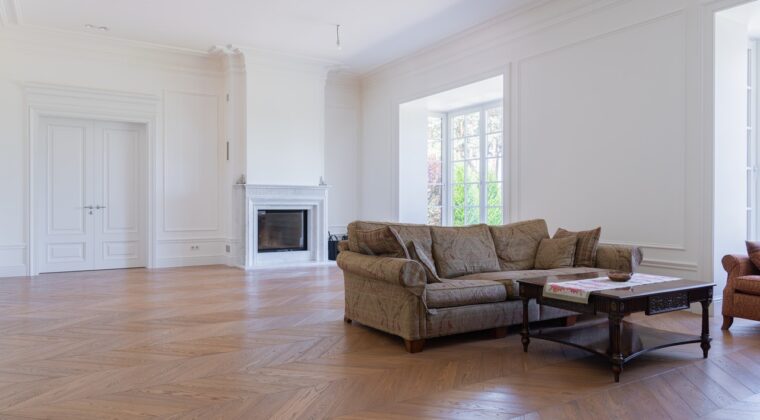Woodworking is a journey, and as you step into more complex projects, you will likely want to get away from the basic woods and into more exotic pieces. However, those are extremely expensive. Take Ebony for example. It’s an amazing wood, and it makes some of the most beautiful accents and paneling pieces possible; it’s also outside of most woodworkers’ budgets.
This is where Wenge Wenge steps in as an excellent alternative. Wenge shares a striking resemblance to Ebony both in terms of appearance and performance, making it a more feasible option for those seeking premium timber without breaking the bank. Local timber suppliers often provide a range of premium woods, including Wenge, ensuring that craftsmen can achieve the desired aesthetic and performance without exceeding their budgetary constraints. For wood enthusiasts looking to access Premium timber selection without compromising on quality, turning to wenge timber can be the key.
Is it easy, though? Is it a wood we’d recommend to beginner woodworkers or even intermediate craftsmen for that matter?
Let’s find out.
Wenge Wood Traits
Wenge wood is very similar to Ebony. It is extremely hard, it has an exotic woodgrain, and it’s darker in color. In some cases, it can be almost black.
However, the hardness of the wood produces some problems that we’ll talk about in the following sections.
Wenge Wood: Ease of Sanding
Sanding Wenge can be very difficult. At least, it’s difficult to get a perfect finish. If you try to do it by hand, you should expect to have very sore arms by the end of it. Even if you use the perfect technique, you’ll likely still have a slightly rough surface.
So, when it comes to sanding, especially by hand, we can’t recommend Wenge to beginners.
Wenge Wood: Ease of Planing
Planing Wenge is a nightmare. Planing requires a very sharp blade to pass through the wood in the hardest way possible, and Wenge is both hard and twisted. So, the blade of your planer is almost certain to catch at various points, and if you don’t have a good one, it might even get stopped in its tracks.
Again, that’s a big reason we wouldn’t recommend it to beginners, and even intermediate craftsmen might have big problems.
Wenge Wood: Ease of Cutting
Wenge is going to dull basically any tool you use on it. It’s just that hard. Tablesaw blades, hand saws, jigsaws, routers, and everything else tend to have major problems with Wenge, and if you don’t constantly sharpen them, your wood will get torn up or burnt.
It takes a true craftsman to want to deal with all of that, and we’re not ashamed to admit it.
Wenge Wood: Ease of Staining
Since Wenge is so dark, it can be hard to add a noticeable stain. You should still do it to protect the wood, but the wood’s density means you’ll need a lot of it, and you likely won’t even see it very well.
If you’re going to use Wenge, you should enjoy its natural appearance.
Do We Recommend Wenge to Beginners?
No, not in our wildest dreams. Your tools are going to get messed up, and you will likely get stressed out. However, if you’ve progressed to a more advanced level of woodworking, it’s a great alternative to Ebony, and you won’t mind all the headaches when you see how beautiful the results are. Alternatively, consider taking the help of an experienced carpenter (similar to the ones providing carpentry handyman services in Sioux Falls) as they can navigate the complexities of working with Wenge, ensuring a smoother and more successful woodworking experience.
While Wenge may present its share of difficulties, the guidance of a skilled professional can make a significant difference, leading to beautiful and impressive outcomes that will make all the effort worthwhile.

